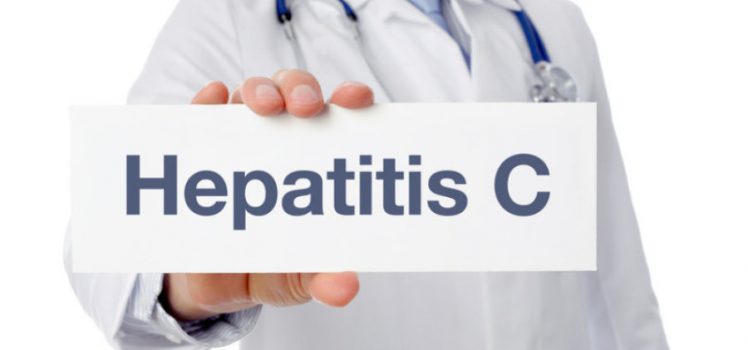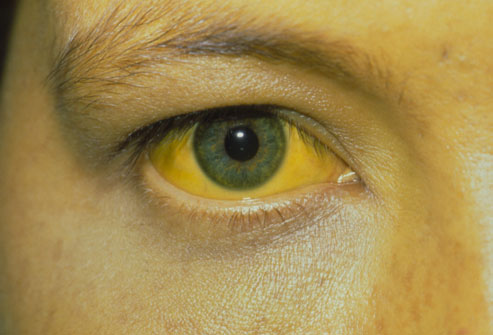Hepatitis C – The “Silent” Epidemic

“Whether our task is fighting poverty, stemming the spread of disease or saving innocent lives from mass murder, we have seen that we cannot succeed without the leadership of the strong and the engagement of all.” – Kofi Annan
On the World Hepatitis Day today (28th July) we would like to bring your attention to one of the leading causes of death globally – viral hepatitis. This year’s #ShowYourFace campaign is dedicated to the elimination of the disease and encourages people to get personally connected and understand their huge role in this global fight.
And why is it important to talk about it?
Amounting to 1,34 million deaths per year, hepatitis B and hepatitis C cause 80% of liver cancer cases in the world. And it is not common in specific locations, nor affects certain people; it can actually affect millions of people without them even being aware of it.
What is viral hepatitis?
Viral hepatitis is inflammation of the liver caused by a virus. There are five different hepatitis viruses: hepatitis A, B, C, D and E. In the course of time we will be showing you specifics about each one of them so that you become more aware of their transmission, prevention and treatment.
Check Clinical Trials for HepatitisHepatitis C – the silent enemy
There are an estimated 150 million people worldwide chronically infected by HCV virus. Since hepatitis C is typically mild in its early stages, it is often not recognized until its chronic stages when it has caused severe liver disease. First discovered in the 1980s, it is relatively new disease and many aspects of it are still to be fully understood. Moreover, with a typical cycle of disease from infection to symptomatic liver disease taking as long as 20 years, the true impact of Hepatitis C on our growing infected population became more apparent after decades. This is why it is often referred to as the “silent epidemic”.
Causes of Hepatitis C
Hepatitis C is transmitted through blood-to-blood contact including unsafe injection practices, inadequate sterilisation of medical equipment and unscreened blood and blood products. It can also be transmitted through sexual contact where blood is included, mainly among MSM (men who have sex with men).
In addition, we have listed a few more common routes of transmission and risk groups:
- Hemodialysis
- Sharing drug injection accessories
- Use of common personal accessories
- Tattoos and piercings
- Medical or dental procedures suffered in some foreign countries
- Children born by HCV-positive mothers
- Healthcare workers
- People born between 1945 and 1965
- Veterans of the war in Vietnam
! If you have HCV, tell your doctor, dentist and other healthcare professionals.
It is important for you to know that HCV is not spread through casual contact such as:
- sneezing
- coughing
- hugging
- sharing food and drinks
- breast milk
How to recognize the symptoms
It is important to bare in mind that in about 80% of the cases no symptoms are observed. This is the main reason why infected people find out they are ill when serious complications occur. The incubation period for hepatitis C is between 15 days and 6 months. The first symptoms to appear are usually very weak and resemble a cold which makes people ignore it and pave its way to a chronic stage. Those who are acutely symptomatic may exhibit fever, fatigue, decreased appetite, nausea, vomiting, abdominal pain, dark urine, joint pain and jaundice (yellowing of
Those who are acutely symptomatic may exhibit fever, fatigue, decreased appetite, nausea, vomiting, abdominal pain, dark urine, joint pain and jaundice (yellowing of skin and the whites of the eyes). Some people experience very few symptoms for as long as a decade. Others can suffer symptoms almost from the start. Some will progress to develop fibrosis and cirrhosis (scarring) of the liver, liver cancer or end stage liver disease, while others experience very little liver damage, even after many years.

Those who are acutely symptomatic may exhibit fever, fatigue, decreased appetite, nausea, vomiting, abdominal pain, dark urine, joint pain and jaundice (yellowing of skin and the whites of the eyes). Some people experience very few symptoms for as long as a decade. Others can suffer symptoms almost from the start. Some will progress to develop fibrosis and cirrhosis (scarring) of the liver, liver cancer or end stage liver disease, while others experience very little liver damage, even after many years.
And what has science made about it?
Drug treatment to eliminate the virus has advanced significantly in the last few years. All oral regimens with excellent safety profile and short duration of treatment (3-6 months) approach 100% of cured cases. Still, people diagnosed with Hepatitis C must consult with their doctor whether and how to be treated which includes reviewing the condition of the person’s liver, overall health status and the genotype the person has.
Undoubtedly, current medicines turn out to be much more effective, safer and better-tolerated than the older therapies. While Interferon used to be the only drug that could fight hepatitis C and was the backbone of HCV for more than 20 years, it has proved to be ineffective for many people causing significant adverse effects. This proves that science is constantly working to improve the quality of life of patients, reduce side effects and decrease the number of deaths worldwide.
You can also check the latest treatment developments on FindMeCure – the Google of clinical trials. Currently, there are 248 clinical trials for Hepatitis C in the world and most probably the best option for you is on its way.
Help science improve patients’ life! Start by asking your doctor for some information or do your own research now.
Article by Daniela Shikova
Sources:
www.worldhepatitisalliance.org

